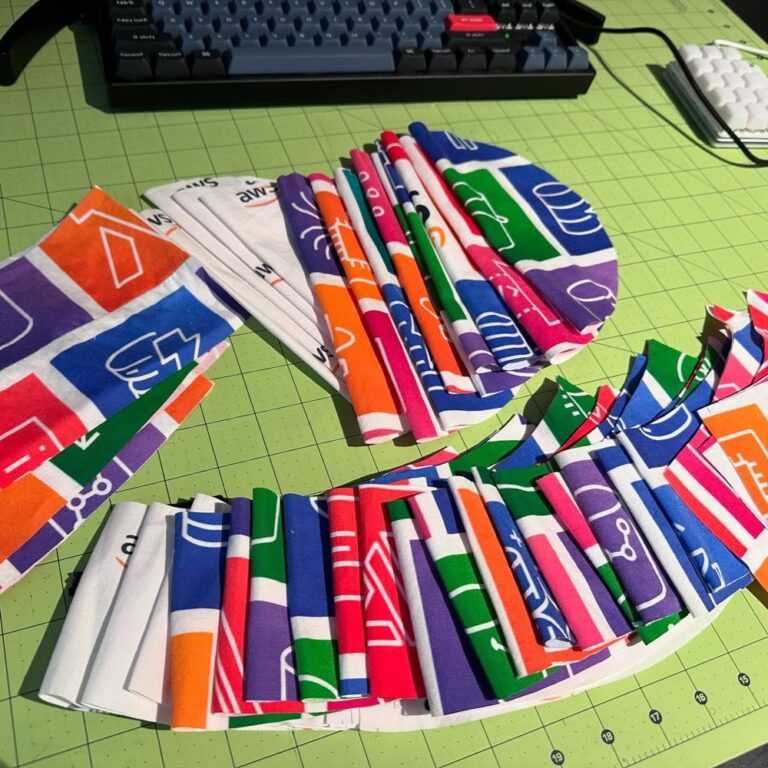Knitting at the cricket. Given the colour of my project, I think I’ll cheer for the @sixersbbl today! 🧶🏏
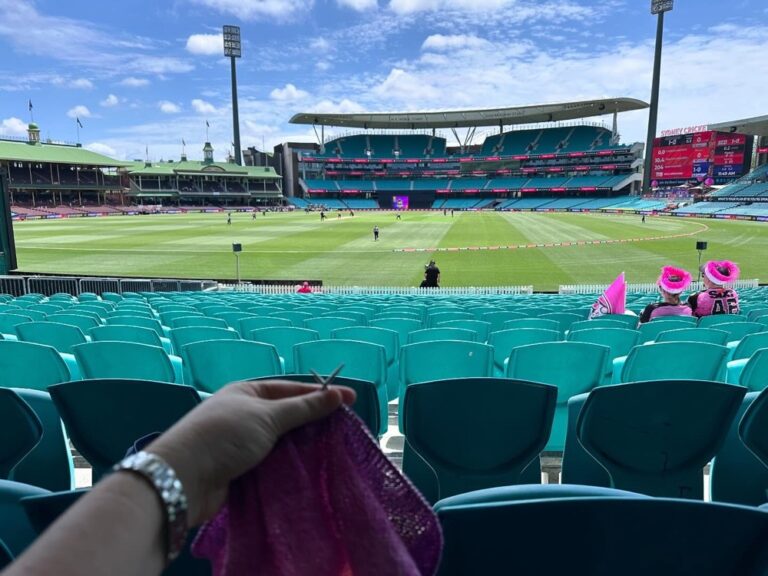
Craft projects of mine
Knitting at the cricket. Given the colour of my project, I think I’ll cheer for the @sixersbbl today! 🧶🏏

Easy Eyelet Yoke Sweater is past the sleeve division! I made the same modification as last time – immediately knitting the sleeve cuffs so I could keep the colours aligned with the body stripes. Now it’s just the long stockinette body slog… which I’ll be doing at the cricket tomorrow! 🧶 🏏
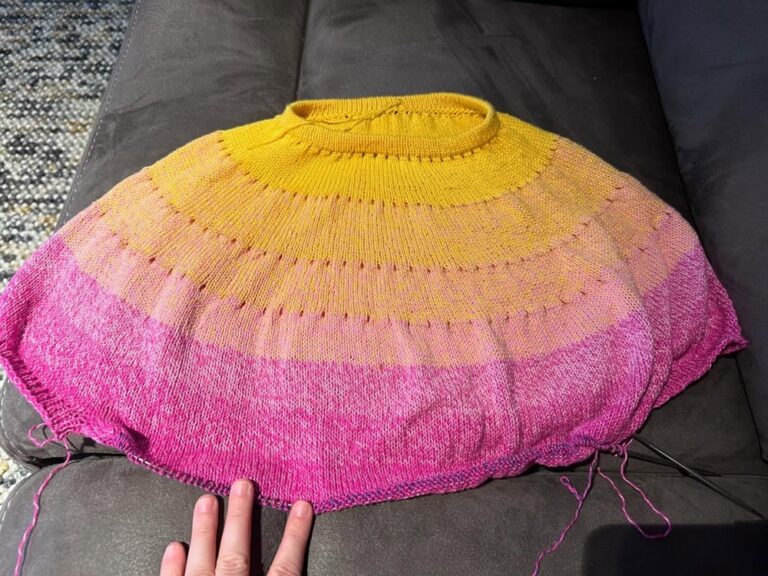
New (reclaimed) knitting project! I finished the Sugar Maple sweater (last photo) two years ago but rarely wore it. The style just didn’t suit me. So a couple weeks ago I unraveled the whole thing, winding it into a cake as I went. Then I used my swift to turn the ball into a hank that I then washed and dried to remove some of the kinks. I’ve now rewound into a cake and I’m knitting another Easy Eyelet Yoke Lite, a style that I know I will wear. The yarn is @hobbii_yarn Twister, a great choice for warm places like Sydney! 🧶 #knitting
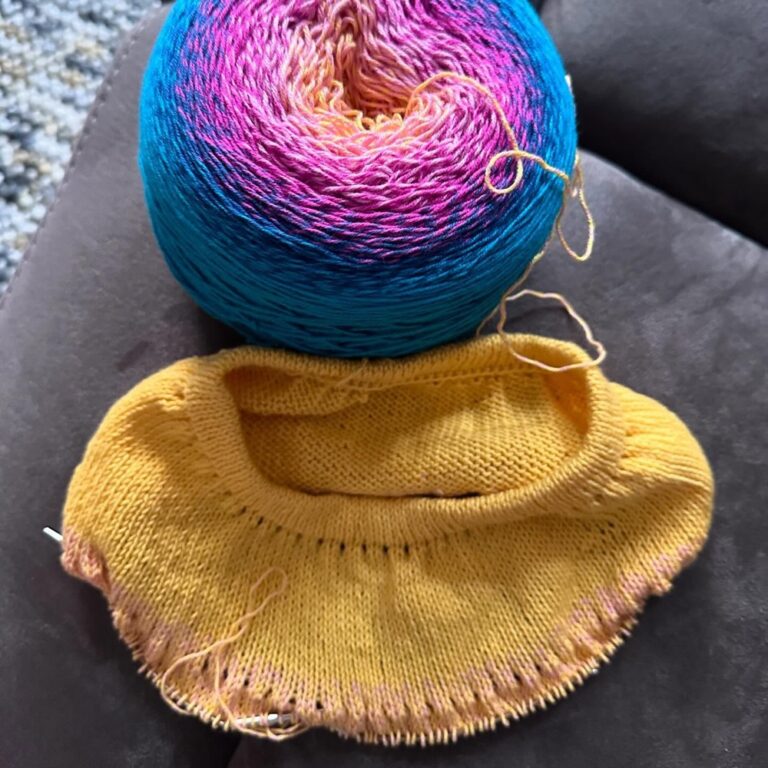
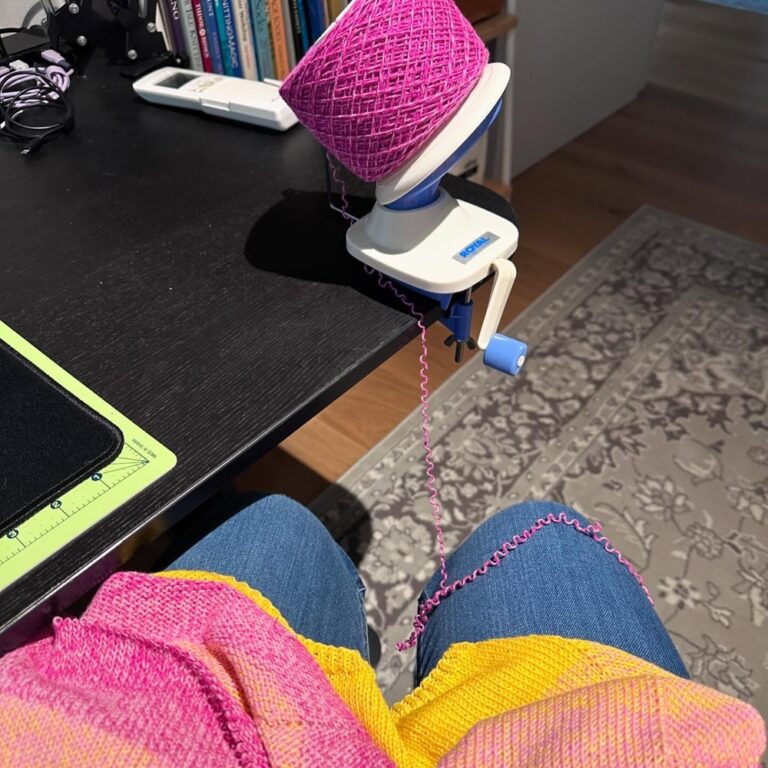

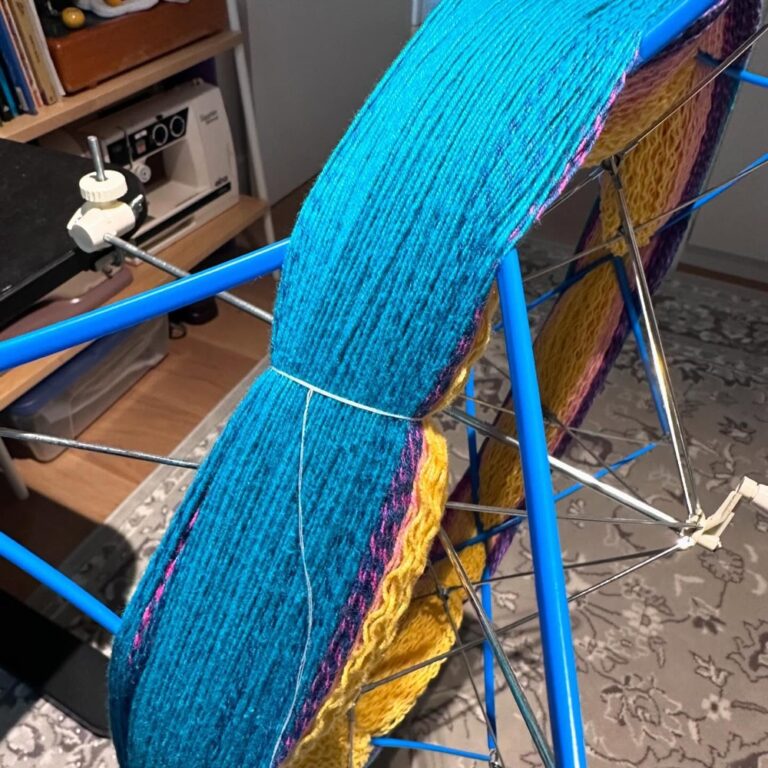
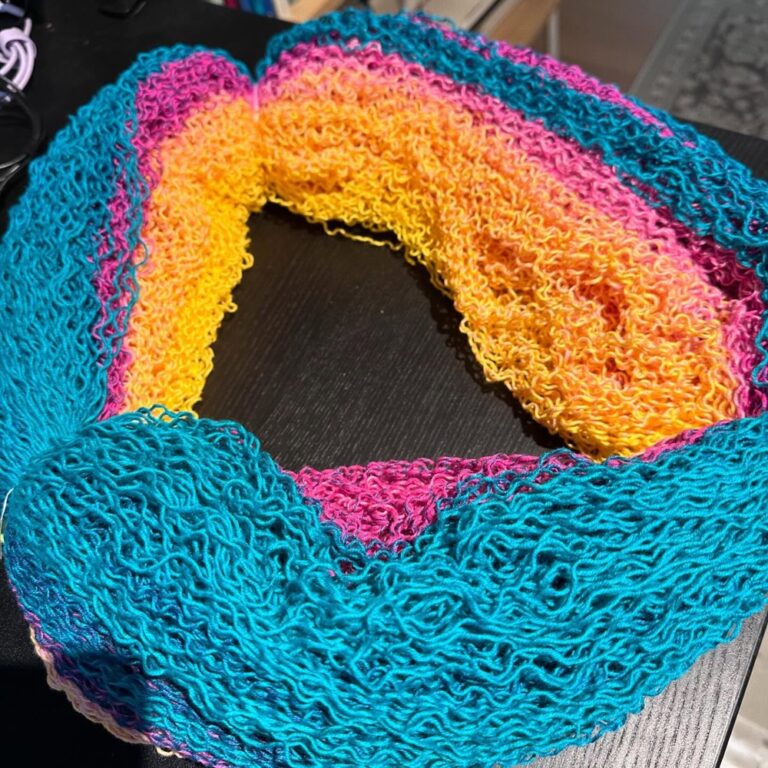
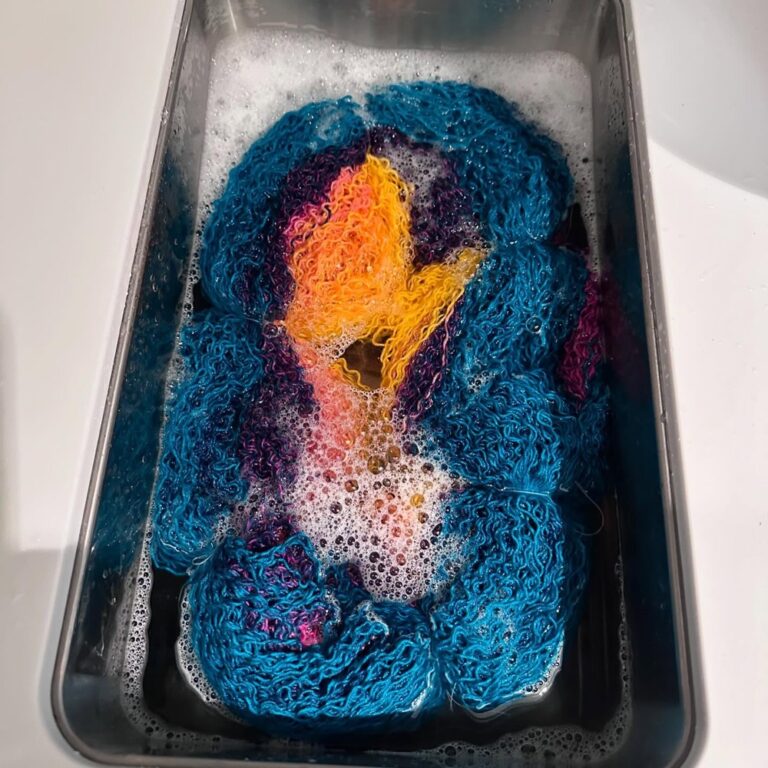
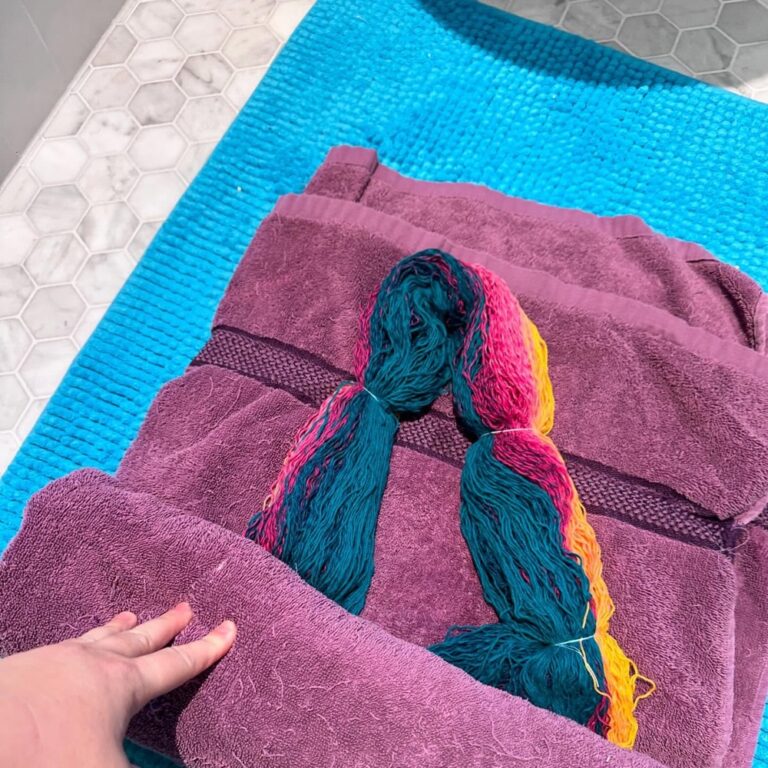
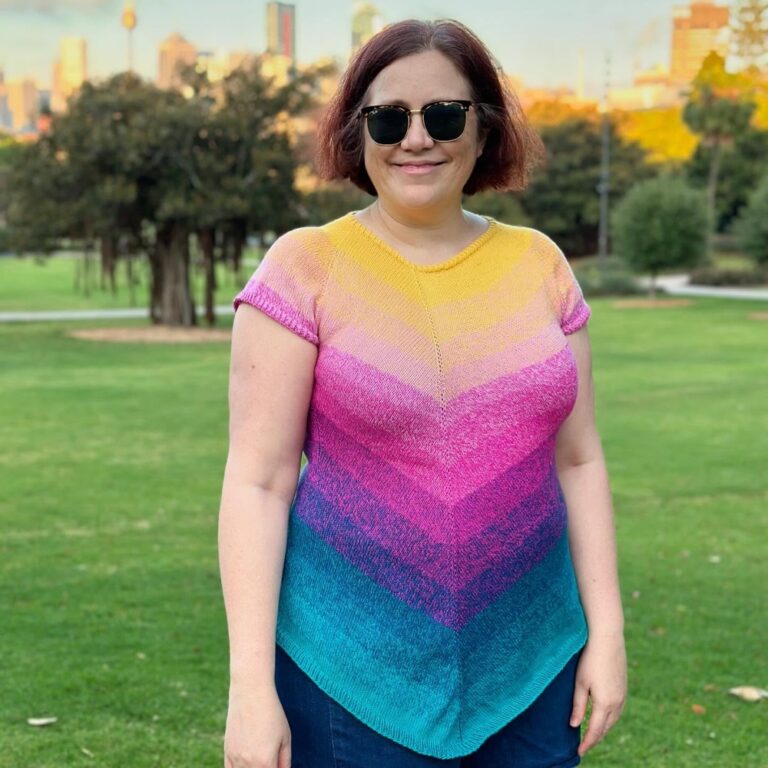
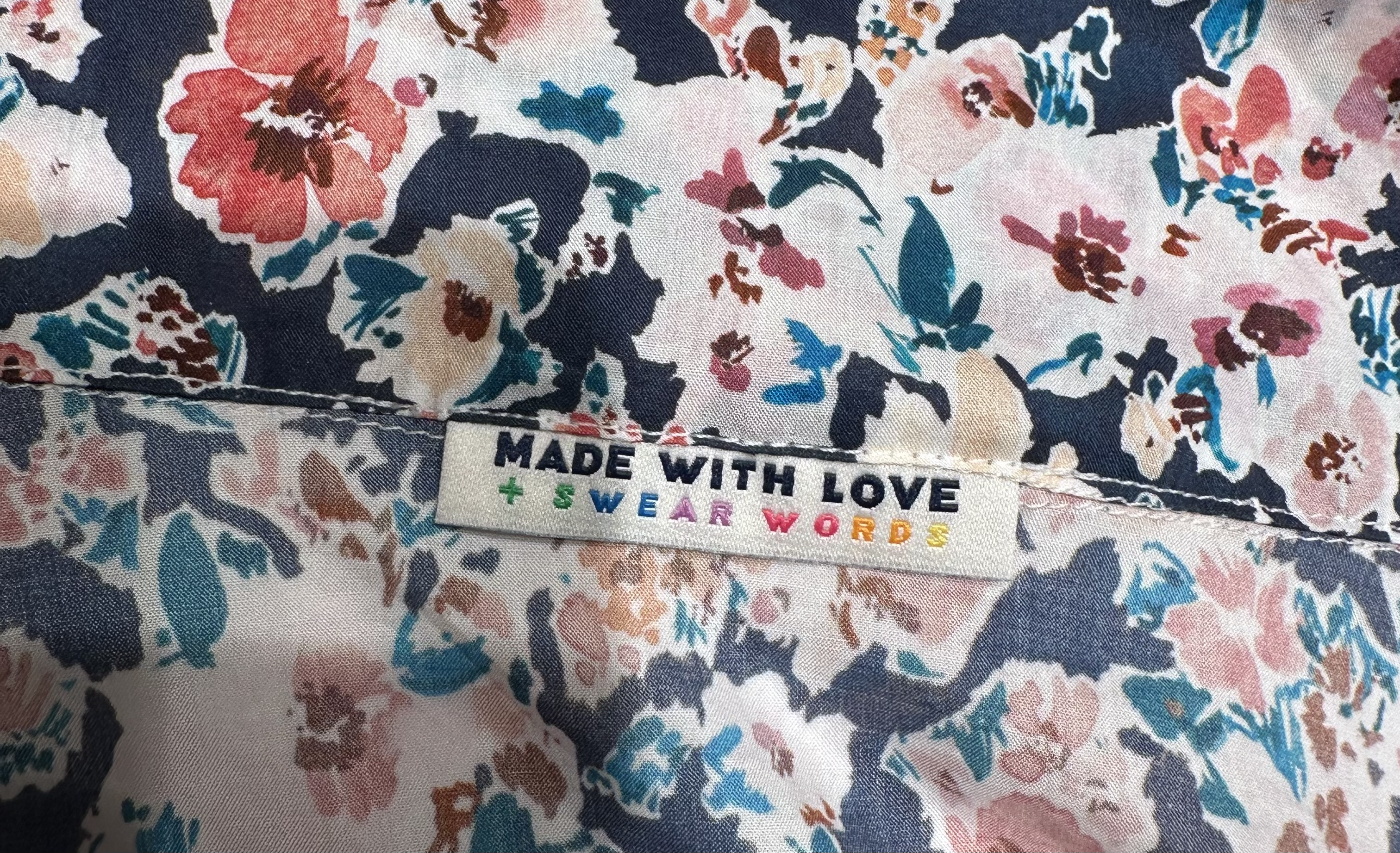
 I knocked out a quick sewing pattern this week: a new Arkie shirt in some Liberty Tana Lawn I bought in Tokyo back in June. (This is the same pattern I used for the AWS Shirt last December.) I made the biggest size, but it’s fairly roomy and I think I could easily go down a size and still be fine. I think I did a decent job setting in the sleeves, even if I did use a million pins. 😂 I left off the front patch pockets, mostly because I didn’t think they’d add anything and you wouldn’t even see them with the busy print. For buttons, I just used four small pearlescent ones from my stash.
I knocked out a quick sewing pattern this week: a new Arkie shirt in some Liberty Tana Lawn I bought in Tokyo back in June. (This is the same pattern I used for the AWS Shirt last December.) I made the biggest size, but it’s fairly roomy and I think I could easily go down a size and still be fine. I think I did a decent job setting in the sleeves, even if I did use a million pins. 😂 I left off the front patch pockets, mostly because I didn’t think they’d add anything and you wouldn’t even see them with the busy print. For buttons, I just used four small pearlescent ones from my stash.
The thing I’m proudest of though is that for once I remembered to sew in a label! I’ve had these for ages and never used them before.
I also realised in the course of sewing the shirt that I had never changed the needles in my overlocker. I dug out the manual, started flipping through it, and realised that I’d never actually serviced the thing ever… in nine years. Yikes. After a quick trip to Spotlight for a new bottle of oil and a packet of needles, I got to work. I unthreaded the machine, removed the old needles, cleaned out all the dust and lint, oiled her up, and then rethreaded. I discovered that using all 4 threads is probably overkill for most of my sewing, so I cut it back to 3 and just a single needle. Once I had everything put back together, she was purring like a kitten! I also cleaned out the lint on my sewing machine. I’ll have to put in a recurring task to do this more often. 😬
Quilt repair complete! My Mom (@the_quiltshop_at_essenhaus) gifted us this quilt she bought at an auction many years ago, and we’ve used it so much that the binding had worn out. After many texts with Mom for advice, I just completed the repair job! I cut new strips of binding, joined them together, attached over the old binding on the front (single fold method), and then spent several hours hand-tacking it down on the back. (I know; I should have mitered the hex angles, but I was lazy and treated them as curves.) Very satisfying, and I’m glad I’ve extended the life of this lovely quilt. ❤️
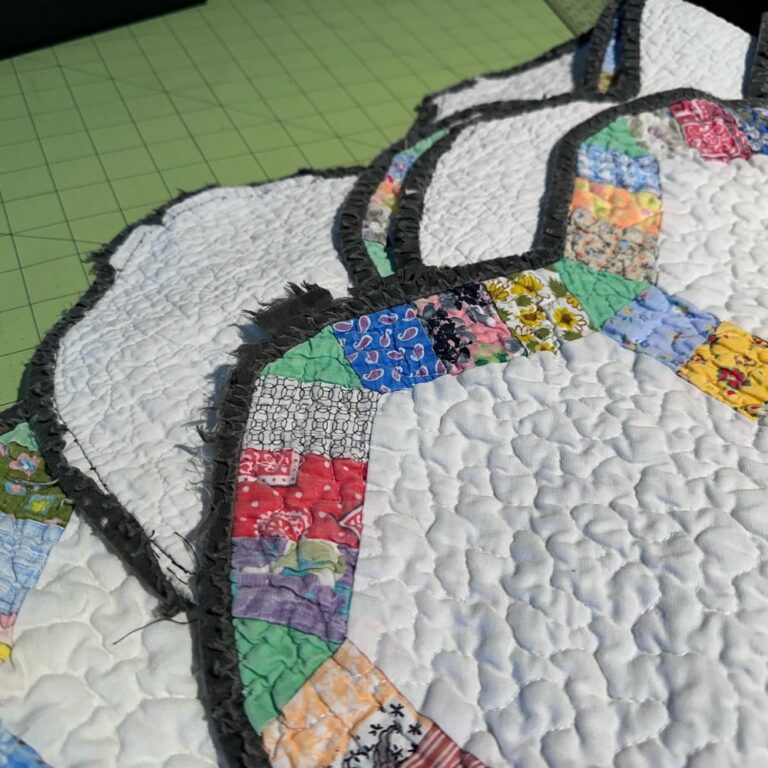
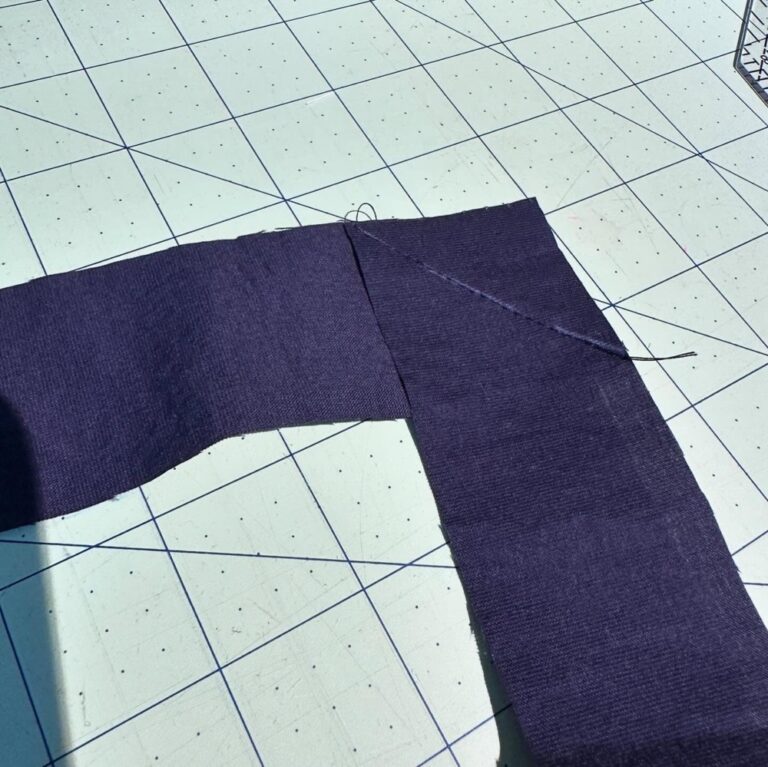
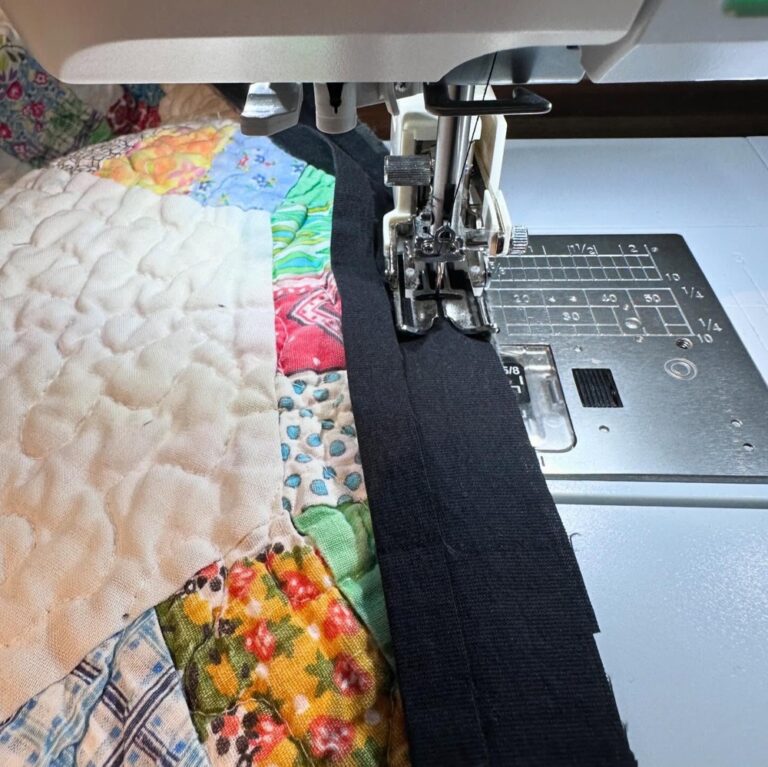
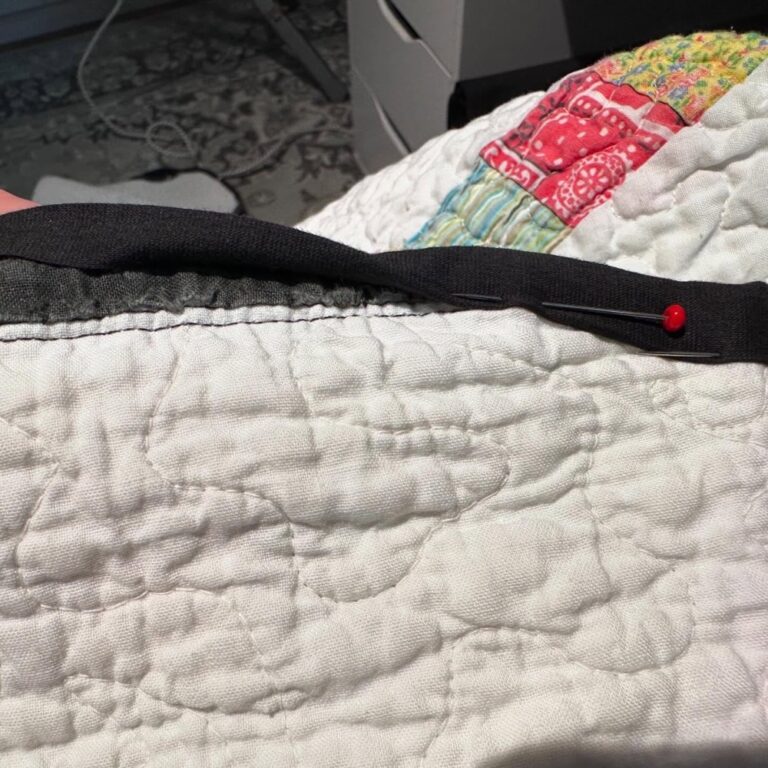
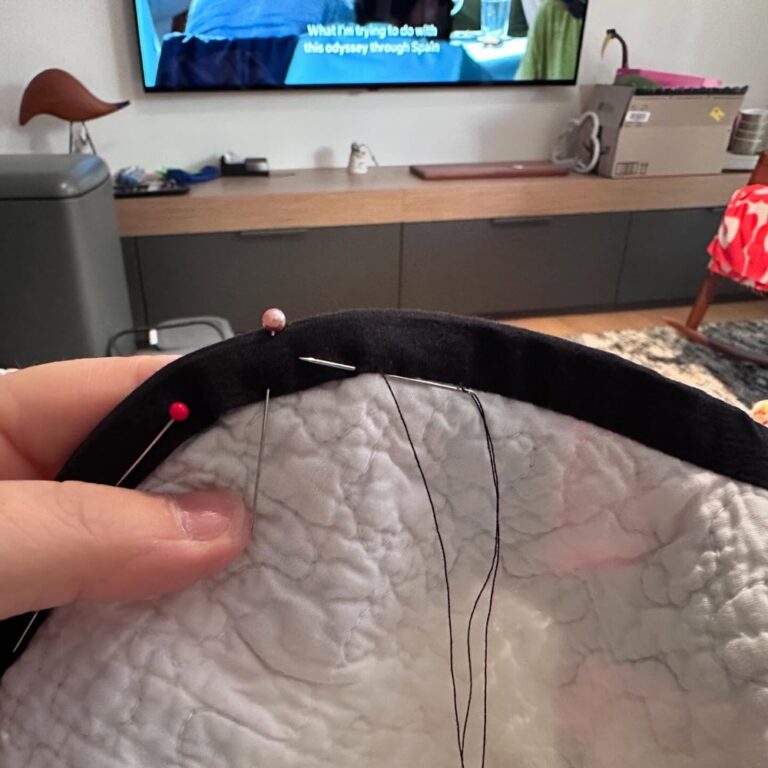
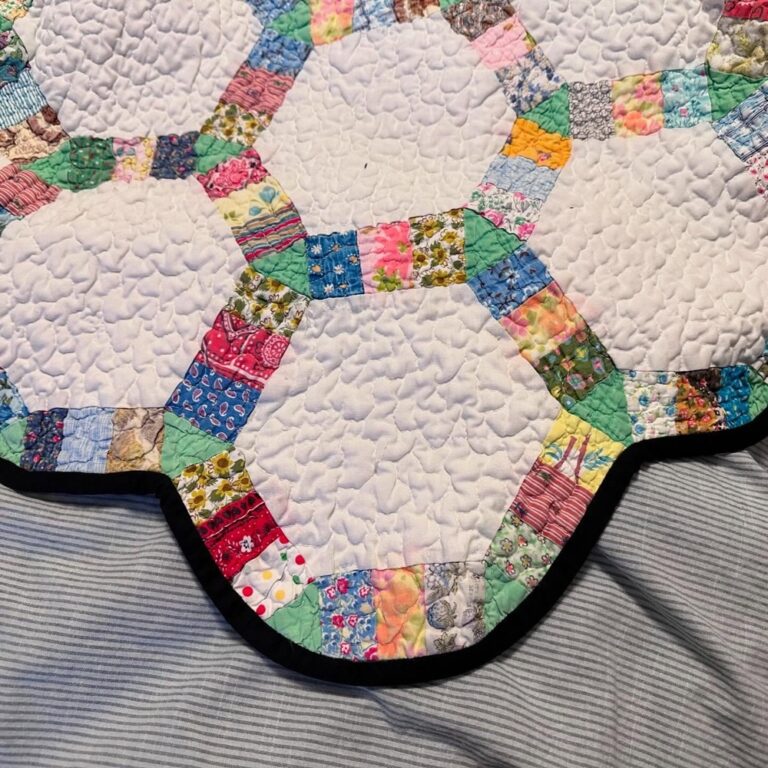
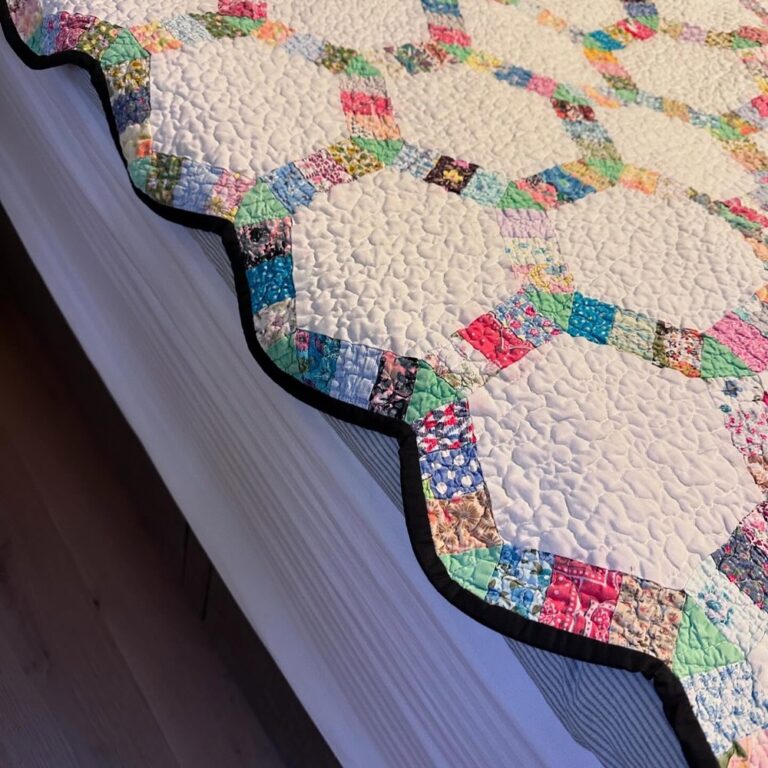
A closeup of the Autumn Ginkgo Leaves scarf… ❤️🍂🍃 #knitting
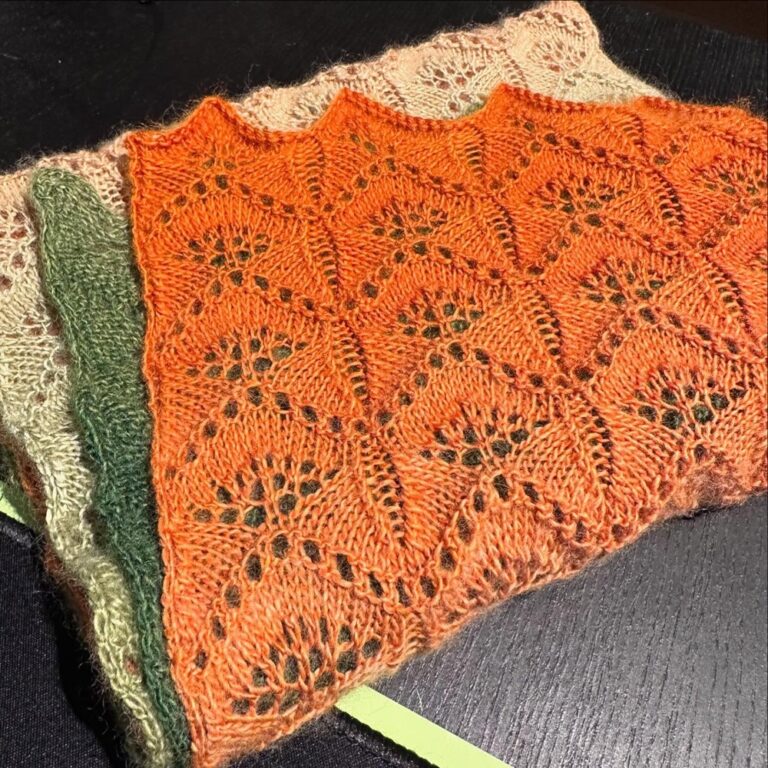
Blocking. Now that it’s opened up, you can really see why the pattern is called “Ginkgo Leaves”. 🍃🍂 #knitting
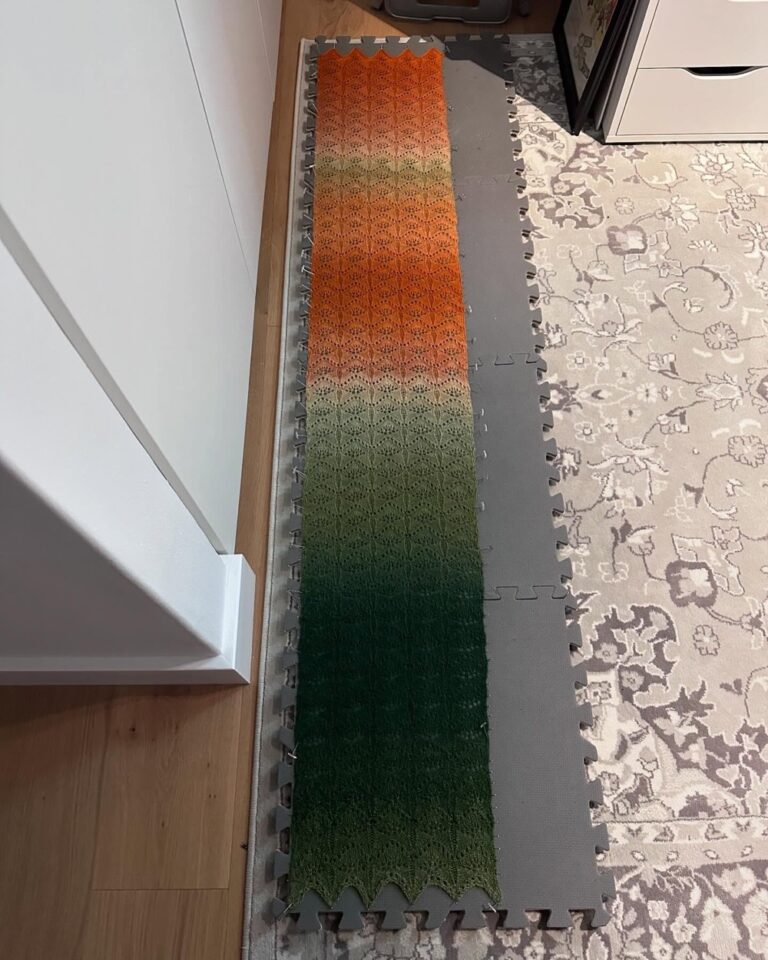
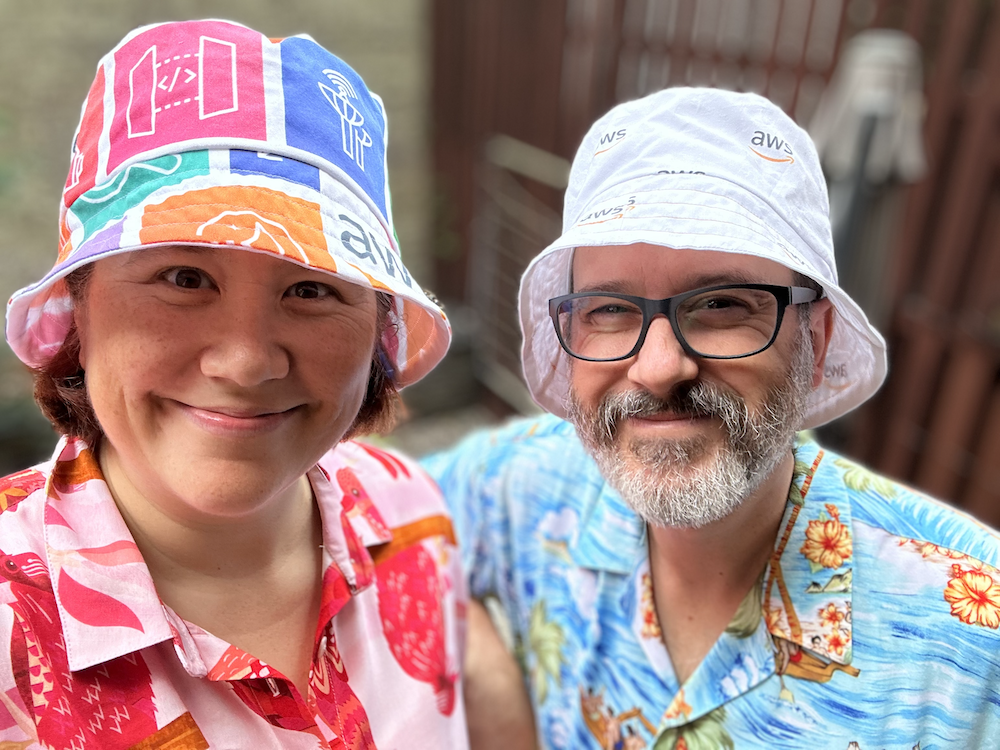
As you probably know if you’ve followed this blog or any of my social media accounts, back in 2018 I worked for Amazon Web Services and I had the idea to sew myself an AWS dress to wear to tech events around the world. It was so popular, my colleagues even made t-shirts and stickers! In 2023 I raised the bar with the AWS dress v2, which had matching sneakers.
As of 2024 though, I’m retired and it seems a bit silly to hang on to these dresses. Why not turn them into something fun and raise money for an important cause? So the dresses have become 14 Smart, Sensational, Sun-Protecting (S3) Bucket Hats, and you can win one by donating to this fundraiser.
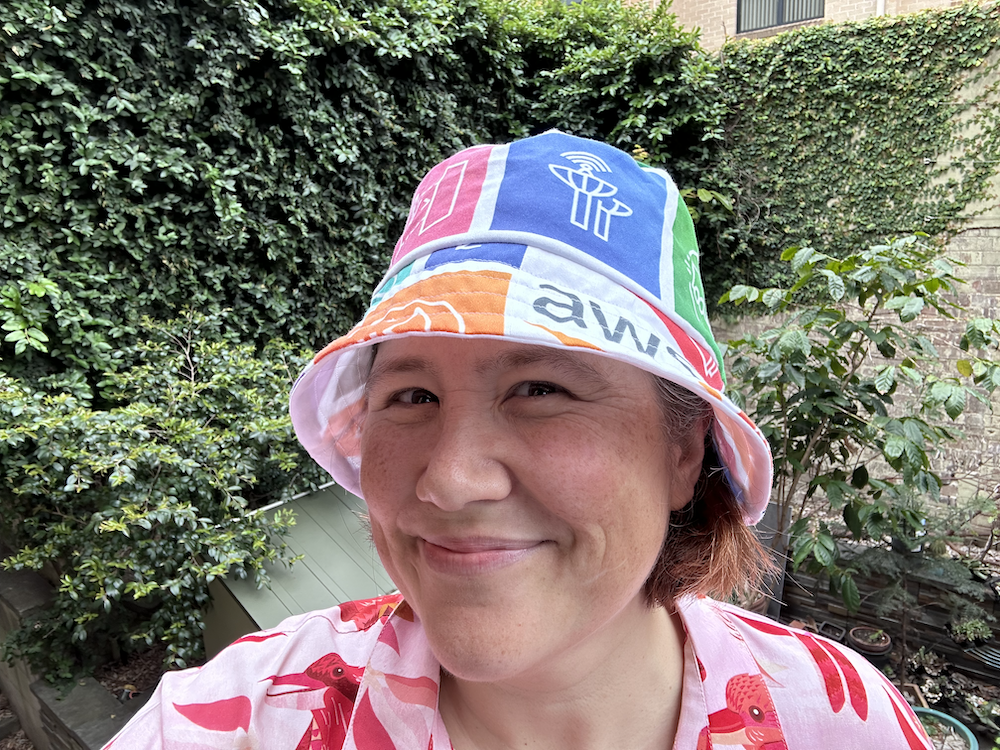

Dementia is a terrible disease that has affected our family in recent years. It really, really sucks to watch someone you know and love just change and disappear. I’d like to help other families going through this, and hopefully even work towards a cure.
To do that I need your help! Please make a donation to support my efforts and help me reach my goal to beat dementia. You can donate through:
All funds raised (through channels 1 and 2 above) will support the work of Dementia Australia to provide vital support services for people living with dementia, their families and carers. These services include counselling, support groups, education and training.
For every $25 AUD* you donate, you’ll get one entry into a raffle for one of the 14 hats. I will draw the winners at random on November 1st, 2024, and I will cover postage anywhere in the world. Please make sure you are contactable if you win! You can donate as many times as you’d like but you can only win one hat, and you don’t get to choose which one you get. (They’re all the same size anyway.)
* If you donate via option 3, please email me a screenshot of your donation and I will ensure you are entered into the draw. You’ll get 1 entry for the equivalent of $25 AUD in your own currency.
Disclaimers: Obviously I don’t work for AWS anymore, and I don’t claim ownership over their logo or any of their service icons. The hats were made by me from the dresses I wore as part of my employment for AWS, and I won’t ever be making any more. If I can’t contact you within a week, I reserve the right to draw a new name and send the hat to somebody else.
Thank you for your support.
PS for the sewists: if you’re curious about the pattern I used you can download it for free here! Each hat is fully lined, which means I actually had to sew 28 hats (30 if you count the prototype I made). 😅
Sewing a convex curve to a concave one always feels like magic. ✨
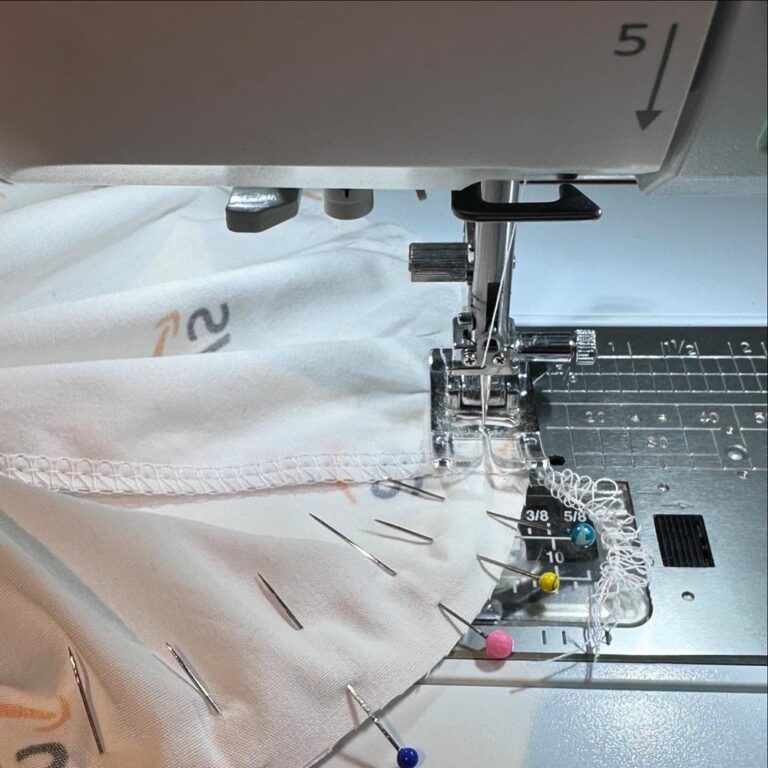
Production line… 🪡 🧵
